How to Prepare for Emergencies
Three Procedures to Practice
In the event of a true emergency on the water, calmer heads need to prevail and creating a course of action in advance will make all the difference. Have a plan for various scenarios prior to departure and discuss them with all aboard. Once you’ve practiced, it will be easier to take the right steps and avoid panic setting in.
Emergency Communications
Getting help is a matter of communication. Train everyone aboard in the use of the vessel’s communications equipment including VHF and SSB radios and possibly a satellite phone.
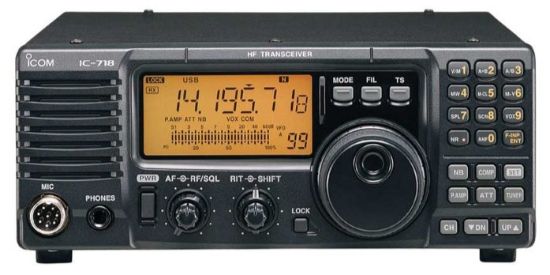
If a problem develops in near coastal waters, call on VHF channel 16. Speak slowly and clearly. Remember the four Ps of information to convey: Problem (the nature of the distress), Position (GPS coordinates or location description), People (number, ages, health issues), PFDs (put them on).
When panic sets in, people can forget to provide a good location or misread their GPS position, so teach everyone how to read and where to find latitude and longitude coordinates. If the situation is dire, say mayday three times, wait 10 seconds and repeat. Have instructions near the radio on how to call for help in case the one calling is not trained. A common mistake is waiting too long before contacting the Coast Guard, so if in doubt, make the call.
A Digital Selective Calling, or DSC-enabled VHF radio is key. If you can’t make a call, push the DSC button on the VHF to start a relay from vessel to vessel to land unit until it reaches the Coast Guard. Get a nine-digit Maritime Mobile Service Identity (MMSI) number used to identify ships. This will tell the USCG which boat is broadcasting and who to reach. The MMSI is free and easy to get on www.NavCen.USCG.gov.
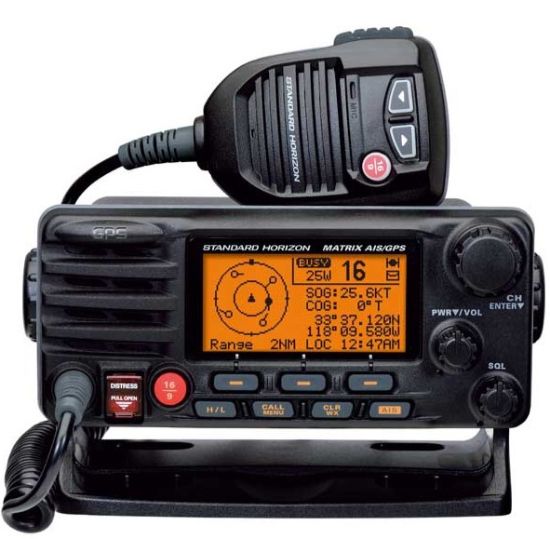
Man Overboard
Man overboard (MOB) is a frequently discussed emergency procedure and the key is to make sure everyone knows the steps to recover crew from the water because it may be the captain who goes in the drink.
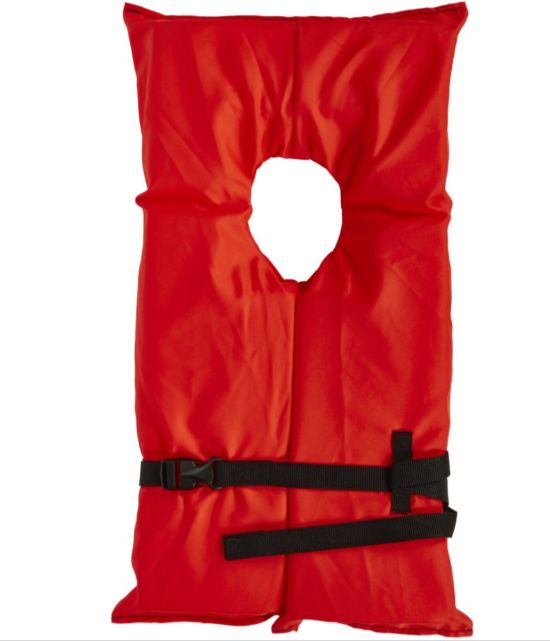
First, shout “man overboard” to alert the crew. Stop the boat to prevent getting any farther from the victim and toss a lifebuoy or floatable PFDs in their direction. This will mark the location as the boat maneuvers for the pickup, and also give the person in the water something to swim to if possible. Press the MOB button on the GPS to mark the position.
Very Important. Designate someone to point at the MOB and count, never taking their eyes off the victim. The counting helps you keep track of roughly how much time has elapsed since the event and how far you may have gotten from the victim. If this happens at night or you lose sight of the person, send a DSC distress alert and a mayday. Use the track on your GPS to double back or learn the Williamson turn if track is not available.
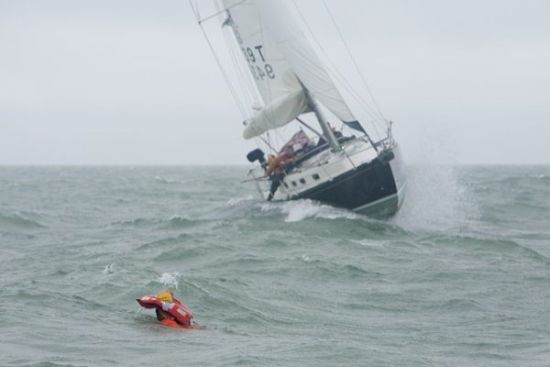
Recovery procedures depend on whether the victim is conscious and moving about or somehow incapacitated. Attitudes differ on whether you should approach the person in the water from windward or leeward. From windward, you can drift down on them and block the effect of wind and waves with the boat, making a calmer environment. However, the boat could roll and hit the person, so save this procedure for when the person is conscious and responsive. The procedure will be dictated by the conditions and the crew that is available to assist. Form a plan to hoist the victim onto the swim platform in case they can’t use the swim ladder.
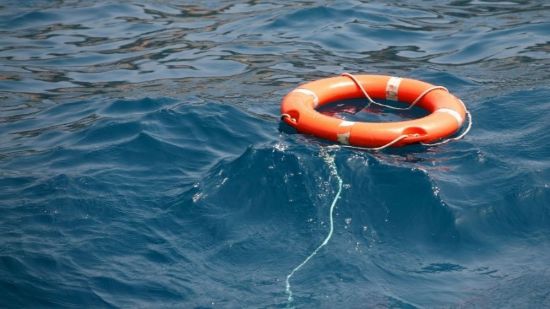
Fire Suppression Strategy and Tactics
Fire aboard can spread quickly and be devastating within minutes. Per Boat U.S. statistics, roughly 40% of fires are related to AC and DC electrical systems, 12% to engine and fuel systems and 20% are in the “other” category that includes the galley.
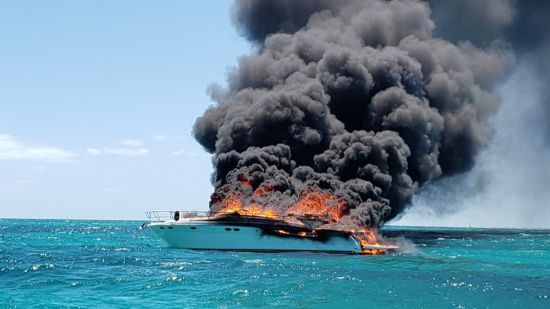
A fire needs three things to burn: fuel, oxygen and heat. This is known as the fire triangle. Remove any one of these from the equation, and the fire will go out. More often than not, however, it’s easier said than done.
Know where the engine fuel shut-off and propane tanks are. Close access doors and hatches to cut off the air. Turn off batteries, unplug from shore power and turn off the main AC and DC panels. Throw burning cushions overboard before the fire spreads and watch for re-flash even after the fire seems to be managed.
Knowing how to use a fire extinguisher is critical. To better remember how to use a fire extinguisher, remember PASS: Pull the pin, Aim at the base of the fire, Squeeze the handle, and Sweep back and forth across the base of the fire. Generally, the fire extinguisher’s job is to smother the fire and cut off its oxygen supply.
A dry chemical extinguisher that discharges a white powder does this by covering the fire so that it cannot breathe. A CO2 extinguisher discharges carbon dioxide which the fire also cannot breathe. The problem with the CO2 extinguisher is that you cannot breathe either, so discharge this into an enclosed compartment from outside.
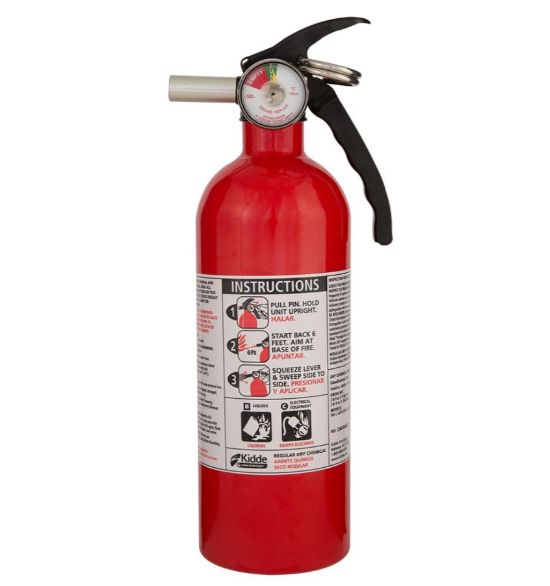
The way to tell the difference between the two fire extinguishers is that a dry chemical will have a gauge to show if it is full. A CO2 extinguisher will not. It has to be weighed in order to tell if it’s full. And it needs to be checked by a proper agent, such as the local fire department, to make sure it is full. Same goes for dry chemical units.
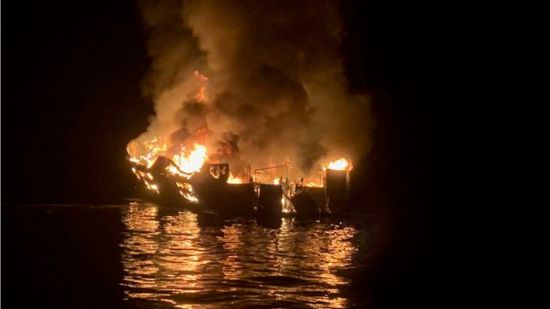
Preparedness is Key
Chance favors the prepared, and any boy scout will tell you to always be prepared. Run regular drills with your family or crew. Professional mariners are required to do this. Recreational mariners are smart to do it. Your family should be prepared to the point that they never question whether the emergency is real. They should automatically spring to action. That is the point where you can be confident that they are “prepared.”
Alarm Systems. All boats with cabins below should be equipped with both smoke and CO alarms – and they need to be checked every couple of weeks or so. Smoke alarms should be places where fires might reasonably be expected to start – the engine room, galley, electrical junction boxes and like. Remember smoke rises, so the alarms need to be on the overhead.
CO alarms should be where people are sleeping or spend time in a confined space, but also consider putting on in the cockpit because of the station wagon effect on the exhaust. CO does not rise or fall, so the alarm can be placed almost anywhere in an open space. Remember CO gas has no color or smell.
Hatches Are Vital. Most all cabin boats or cuddys have a forward hatch in the deck. It is commonly used for ventilation, but that’s not really what it is for. It is an escape hatch in case of fire or sinking.
First, make sure you change to get through it – most are too small for portly people.
Second, on larger boats make sure you can actually reach the hatch and climb out in an emergency. Typically, hatches over an island berth are 3’-4’ high, too high for most people to struggle out of – without the aid of a ladder or other device. We can count on one hand the number of builders that supply a ladder in the forward cabin.
Third, on larger boats, cabins not close to a companionway, away from a galley, or blocked by an engine room, and which have no escape hatch, are vulnerable. In these cases, special emergency arrangements must be made.